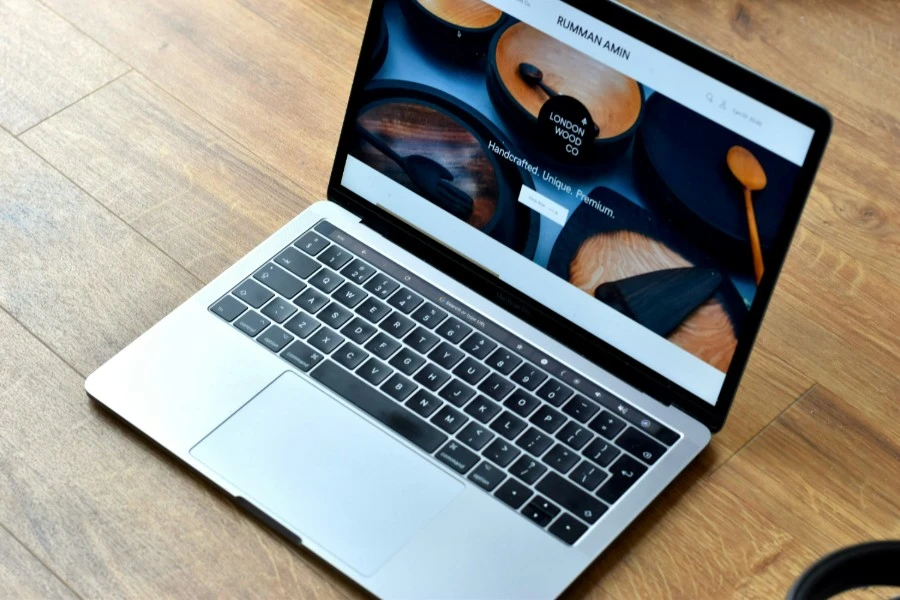
Your images are slowing down your website. Every extra kilobyte adds to the loading time, hurting your Core Web Vitals, damaging your search rankings, and driving away visitors. The solution isn't to use fewer images—it's to use smarter, more efficient image formats. While the reliable JPG has been the standard for years, modern formats like WebP and AVIF offer a massive leap forward in performance.
This guide breaks down the strengths and weaknesses of each format, so you can choose the right one for maximum speed and quality.
The choice between these formats comes down to a simple trade-off. Newer formats offer dramatically smaller file sizes, but are not supported by very old browsers. The difference in performance is stark: a high-quality photo that weighs 100KB as a standard JPG could shrink to just 70KB as a WebP, or an incredible 50KB as an AVIF. That 50% reduction isn't just a technical detail; for your users, it can be the difference between a frustratingly slow site and a lightning-fast one.
| Feature | JPG (JPEG) | WebP | AVIF |
|---|---|---|---|
| File Size | Good (Baseline) | Excellent (~30% smaller than JPG) | Outstanding (~50% smaller than JPG) |
| Quality | Very Good | Excellent | Excellent |
| Browser Support | Universal (100%) | Excellent (~97%) | Good (~92%) |
| Transparency | No | Yes | Yes |
| Best For | Universal compatibility, photos | Most websites, replacing JPG & PNG | Performance-critical sites, modern apps |
JPG is the format that works everywhere, on every device and browser made in the last 20 years. While it doesn't offer the same level of compression as its modern counterparts, its universal compatibility makes it the essential fallback. If you need to ensure your image can be viewed by absolutely everyone, or if you are working with legacy systems, JPG is your most reliable choice. It serves as the baseline against which all other formats are measured.
For most websites today, WebP is the sweet spot. It provides a significant performance boost, with files that are typically 25-35% smaller than JPGs of equivalent quality. With support in over 97% of browsers, it's a safe and easy upgrade for almost any project. WebP is also incredibly versatile, as it supports transparency, allowing it to replace both JPG and PNG files in many situations. If you are looking for a single format that provides an immediate and noticeable improvement in speed with minimal compatibility concerns, WebP is the answer.
AVIF represents the future of image optimization. It offers the most powerful compression available, capable of shrinking files to be up to 50% smaller than JPGs without sacrificing visual quality. For performance-critical applications like e-commerce sites and modern web apps, this is a game-changer. The only consideration is that AVIF is the newest format, so it is not yet supported by some older browsers (check caniuse.com for current data). Therefore, using AVIF requires a fallback strategy, but for a forward-thinking website, the speed benefits are undeniable.
The good news is that you don't have to pick just one format. The best practice for modern web development is to offer multiple options and let the user's browser select the most efficient format it can handle. Using the HTML <picture> element, you can list AVIF first, followed by WebP, and finally JPG as a universal backup. The browser will automatically download the first format it recognizes, ensuring that every visitor gets the fastest possible version of the image without sacrificing compatibility.
<picture>
<source srcset="image.avif" type="image/avif">
<source srcset="image.webp" type="image/webp">
<img src="image.jpg" alt="Description of the image">
</picture>
Ready to put this into practice? Converting your images is the first step:
For most websites, converting images to WebP is the easiest and most impactful change you can make for an instant performance boost. If you are building a new, modern site where speed is the highest priority, an AVIF-first approach using the <picture> element will give you the best results. And the ever-reliable JPG remains the essential backup, ensuring that no user is left with a broken image. By embracing these modern formats, you can build a faster, more efficient website for everyone. For a deeper dive into all available formats, see our complete guide to choosing an image format.